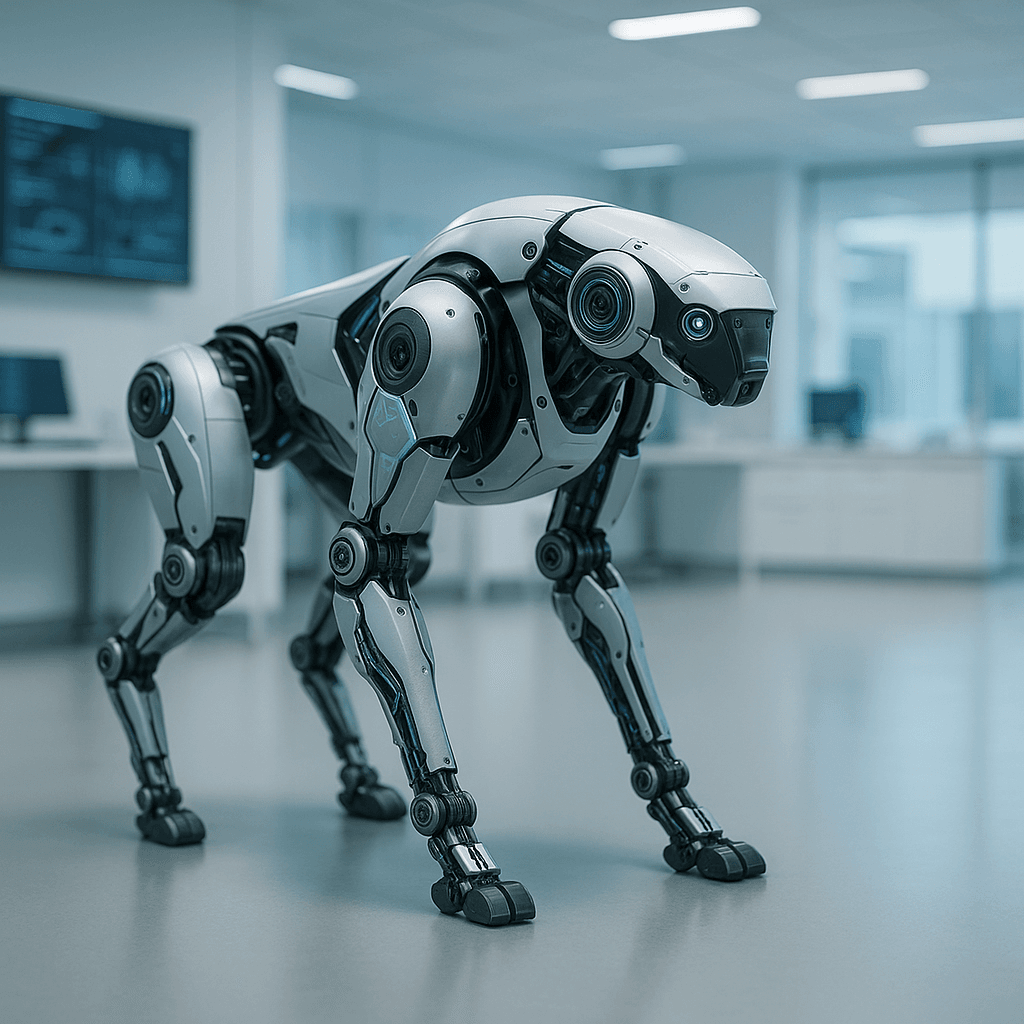A robot that keeps crawling after losing all four legs to a chainsaw sounds like sci-fi horror, but it's actually the latest breakthrough in AI robotics. Startup Skild AI just demonstrated their "omni-bodied brain" - a single AI model that can control any robot hardware and adapt to catastrophic damage in real-time, marking a potential ChatGPT moment for physical AI.
Skild AI just shattered the robotics playbook with a demonstration that's equal parts impressive and unsettling. The startup's AI-powered quadruped robot continues moving even after researchers hack off all four legs with a chainsaw - a feat that CEO Deepak Pathak calls proof of "a new, more general kind of robotic intelligence."
The breakthrough centers on what Skild calls an "omni-bodied brain" - a single AI model trained to control dozens of different robot bodies across countless tasks. Unlike traditional robotics AI that's custom-built for specific hardware, Skild's approach creates one brain that adapts to any physical form it encounters, even ones it's never seen before.
"Any robot, any task, one brain. It is absurdly general," Pathak told Wired's Will Knight in an exclusive demonstration. The company's LocoFormer model learns continuously from experience, rebuilding its understanding of physics when faced with dramatic changes like missing limbs or motor failures.
The financial stakes are enormous. Skild AI raised $300 million in 2024 at a $1.5 billion valuation, positioning itself against deep-pocketed competitors like the Toyota Research Institute and rival startup Physical Intelligence. The race mirrors the early days of large language models - whoever cracks general robotic intelligence first could dominate an industry worth hundreds of billions.
What makes Skild's approach revolutionary is its cross-platform adaptability. During testing, researchers placed a four-legged robot on its hind legs, and the AI immediately recognized the new configuration, operating the robot dog like a humanoid. The same model controlled two-legged robots, four-legged systems, and even wheeled platforms it had never encountered during training.
The damage adaptation goes beyond missing limbs. Skild's robots continue functioning when legs are tied together, motors fail, or weight distribution changes dramatically. In one test, a quadruped with both legs and wheels adapted to motor failures by balancing on two wheels like an unsteady bicycle. The AI rebuilds its internal model of physics in real-time, learning from falls and failures to improve performance.




